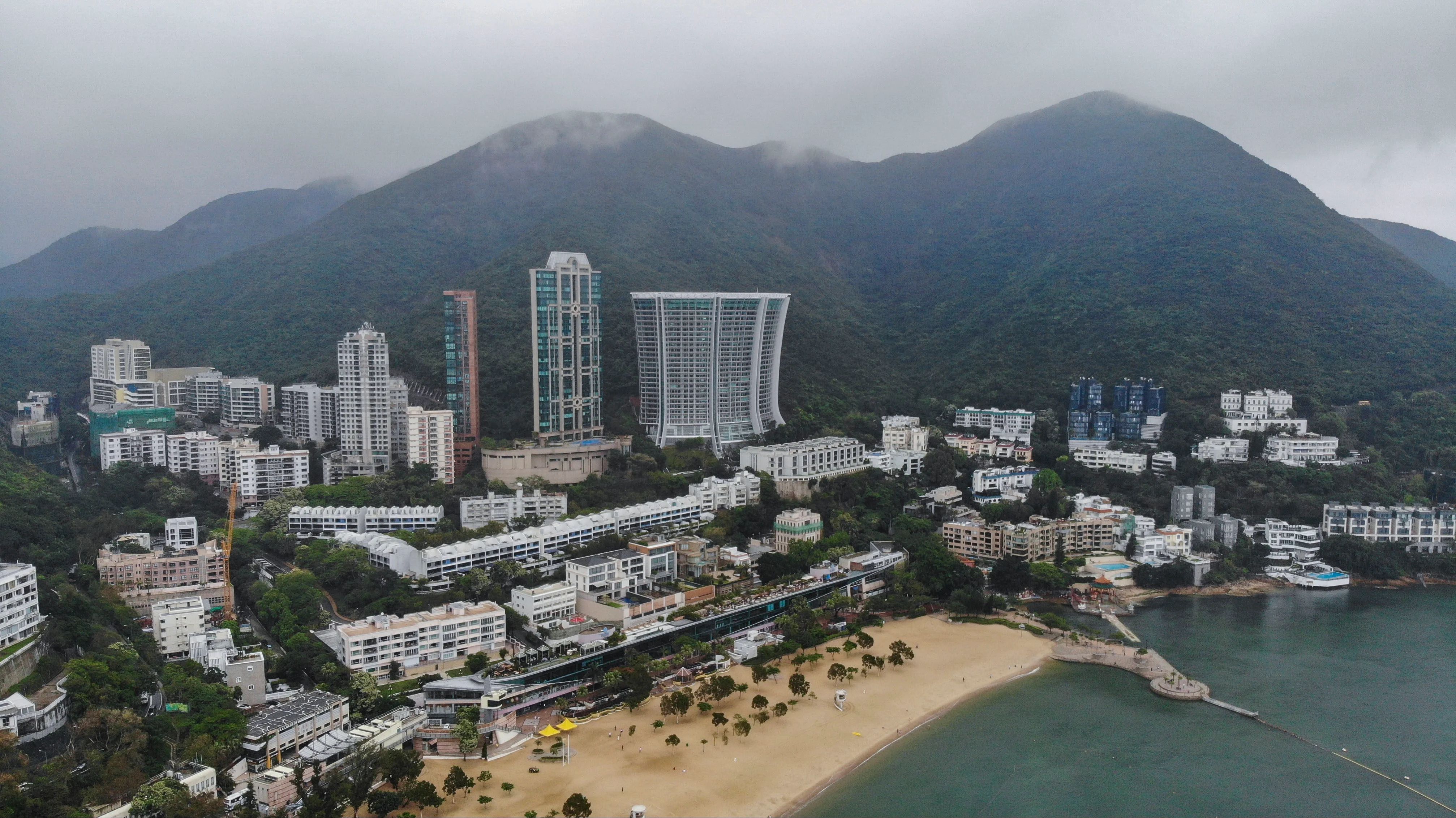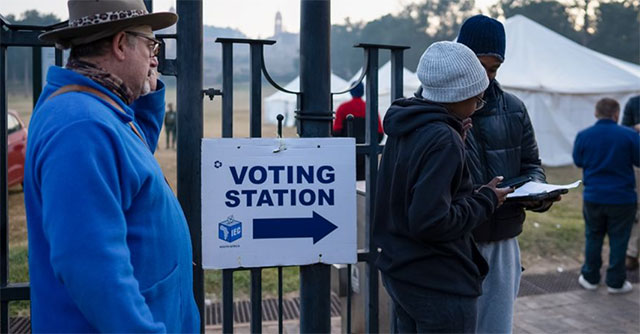By Edith Lin
Copyright scmp

Hong Kong has eased property investment requirements for its cash-for-residency scheme, with analysts expecting the new measure to boost demand for luxury homes.
Chief Executive John Lee Ka-chiu revealed in his fourth policy blueprint on Wednesday plans to enhance the New Capital Investment Entrant Scheme (New CIES), which requires applicants to prove they have at least HK$30 million (US$3.8 million) in assets or equity in the city.
The new arrangement keeps the maximum residential property investment amount at HK$10 million but lowers the transaction price threshold from HK$50 million to HK$30 million.
It also raises the maximum amount of non-residential property investment from HK$10 million to HK$15 million, without setting any transaction price threshold.
InvestHK, a government agency tasked with attracting foreign investment, announced on its website that the new measures would take effect from Wednesday.
A government source said the proposal was not intended to stimulate the property market but to enrich investment options.
“Applicants mainly invest in equities and funds, while property investment only takes up a small portion,” the insider said. “We mainly hope to enrich investment options and offer more flexibility to investors.”
According to official figures, as of April, authorised funds and equities account for 64.5 per cent of the HK$16.5 billion in investment verified under the scheme rolled out in March 2024.
As of April, the city had received 1,257 applications and granted official approval to 512, with the scheme expected to yield more than HK$37 billion in investment.
Marcos Chan, research head of CBRE Hong Kong, a real estate consultancy, predicted that reducing the investment threshold for residential properties would boost demand for luxury homes.
He noted that transactions of residential properties valued at more than HK$30 million accounted for about 22 per cent of the total transaction value but less than 3 per cent of the transaction volume.
“The relatively low percentage of transactions suggests that this increase in the threshold will not significantly impact competition for properties, and it is unlikely to affect affordability for the majority of households,” he said.
“In other words, this reduction is not expected to lead to a significant increase in overall transaction volume.”
But Chan said he did not anticipate a significant increase in demand for commercial properties under the relaxation of non-residential property investment, as purchase decisions depended on individual needs and the market environment.
Thomas Chak, head of capital markets and investment services at Colliers, said the measure would further stimulate transaction volumes and support the recovery of the commercial real estate market, particularly benefiting strata office and retail shop sales.
Lee also announced measures to respond to the home ownership dreams of the lower-income class.
It included setting aside 50 per cent of the subsidised sale flats quota under the Home Ownership Scheme for public housing tenants, up from the current 40 per cent. The rest is directed to eligible families renting private property.
The administration will also increase the quota for subsidised homes for sale on the secondary market by 1,000, providing a total of 7,000 for eligible households.
Half of the 1,000 will be allocated to young families and single applicants below 40.
Owners of subsidised homes can resell their flats after 10 years instead of the original 15 years to encourage upward mobility.
The government will also launch a flat-for-flat scheme for elderly owners of subsidised sale homes.
Those who are at least 60 years old and have owned their homes for a decade or more can sell their properties without paying a land premium and purchase a smaller flat or a home in a more remote area.
Lee said the scheme could allow the elderly to receive additional cash for their living expenses, while larger homes in better locations could be released to families in need.



